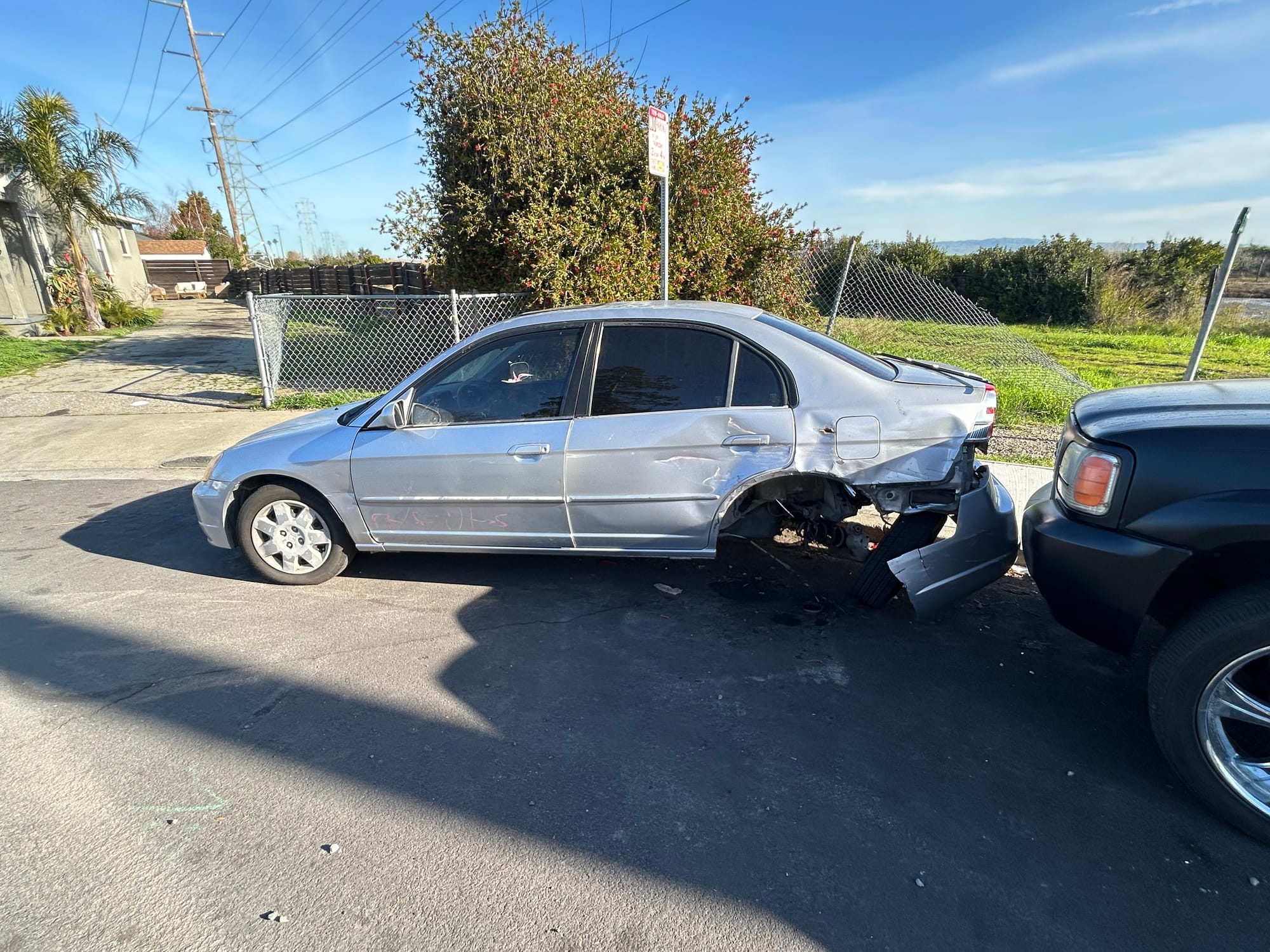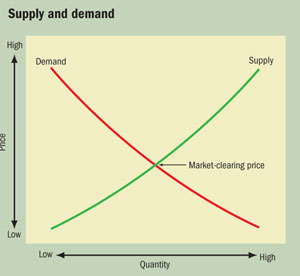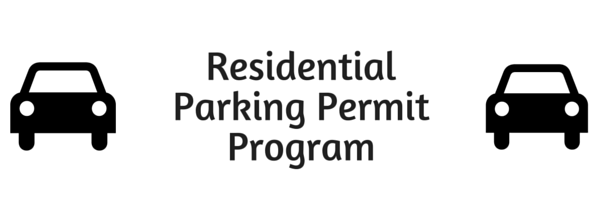Next week on March 18, 2025, East Palo Alto's City Council will take the first reading of a draft Residential Parking Permit Program ordinance. While I support the parking permit program, there are some important changes I would like to see to make this successful.
Next week on March 18, 2025, East Palo Alto's City Council will take the first reading of a draft Residential Parking Permit Program ordinance. This policy first came to the public works & transportation commission which I am on in December 2023, and our commission filtered out the first 2 drafts of it before recommending it to City Council at our April 17, 2024 meeting.
https://www.cityofepa.org/publicworks/page/residential-permit-parking-program
I generally support the policy because I think it addresses a number of parking issues:
- enforces existing municipal code preventing oversized trucks on public streets
- residents illegally placing trash cans and stones to "own" public right of way
- removes abandoned, non-functional vehicles
- removes cars not from East Palo Alto
- makes it safer for pedestrians to walk by managing streets, which leads to less short-distance vehicle trips and less traffic
These problems are summarized in my previous blog post below.

Goals of the Permit Program
The goal of the residential parking permit program, as taken from the City website, are:
- Equitably allocating on-street parking spaces among neighborhood residents.
- Encouraging residents to use available off-street parking spaces (in garages and driveways).
- Encouraging residents to sell/donate excess vehicles.
- Generating revenue to fund parking enforcement.
How It Works
Each neighborhood would need 67% of signatures to petition for a formation of a residential parking permit area. This means that if a neighborhood takes no action, there will be no permit area. The City staff would review the application and it would be reviewed by the Public Works & Transportation Commission. If recommended to City Council, then City Council would review the petition for the formation of a residential parking permit area.
Each dwelling unit in the permit area gets one parking permit registered to one vehicle at no cost, assuming that there is a current DMV driver's license for the resident and a current DMV vehicle registration for the vehicle. Each dwelling unit could have a second permit at a currently proposed cost of $100 per year. If the address on the driver's license or vehicle registration is not located in a parking permit area, proof of residency is required.
The permit would allow the vehicle to be parked on public city streets overnight. While the ordinance does not specify what the permit will look like, the City Council meeting staff report indicates that it would be virtual - based on the license plate number - rather than a physical permit placard.
Things I Like
I strongly agree that the enforcement should be done based on license plate numbers. My HOA used to use physical hanging placards, and around 1/3 of the cars in our lot were using fake placards. Moreover, fake placards are difficult to check at night since the officer needs to get out and shine a flashlight through the fogged front windshield to check them. Nobody really does that, so fake ones don't get enforced.
I also like how there is a guest permit system where each residence is eligible to obtain up to 20 guest parking permits per year. This aligns with San Francisco's policy, and it gives some time for new residents to submit their permit application and get their driver's license and vehicle registration addresses updated.
Should Require Address on Vehicle Registration
The requirements for our system are a lot looser than those of other cities' residential parking permit programs, such as San Francisco's:
"Proof of residency: A copy of the current vehicle insurance policy with the applicant’s name and permit address” and "California Vehicle registration: Registration must have the applicant's name and address where the permit is to be issued." https://www.sfmta.com/permits/residential-parking-permits-rpp
I can foresee residents (or people from other cities) forging lease documents in order to "prove residency" since the current parking permit program language does not require registration to have the applicant's address. While San Francisco's policy requires a current insurance policy with the applicant's permit address, East Palo Alto's policy does not have any insurance requirements.
| Requirement | East Palo Alto | San Francisco |
|---|---|---|
| Driver's License | ✅ | ❌ |
| Vehicle Registration | ✅ | ✅ |
| Vehicle Registration with Applicant's Address | ❌ | ✅ |
| Insurance | ✅ | ✅ |
| Insurance with Applicant's Address | ❌ | ✅ |
I would recommend updating East Palo Alto's policy to match San Francisco's policy. I was curious why San Francisco does not require this, so I called the SFMTA customer service and learned that they don't need the driver's license since they require the vehicle registration and insurance both with the same applicant's address.
Some people might argue that guests don't have vehicles registered to the applicant's address. My counterargument is that the guest can use the guest parking permit, or they can park on the driveway or garage.
Should Charge for All Permits and Guest Permits
| East Palo Alto | San Francisco | Menlo Park | |
|---|---|---|---|
| Maximum Number of Permits | 2 per dwelling unit | 4 per dwelling unit | 1 per dwelling unit, only in higher density areas |
| Cost for First Permit | $0/year | $190/year | $150/year |
| Cost for Second Permit | $100/year | $190/year | N/A |
San Francisco surprisingly allows more permits per dwelling unit, and every permit costs money. I think East Palo Alto should follow this approach. We can consider increasing the number of permits, and then we should charge for each permit including the first one.
This would be more effective in incentivizing only functional vehicles that are used to be parked on city streets.
Inefficient System to Opt-In
Another problem is that "The recommended threshold for the creation or expansion of an RPP area is a vote of 67% of the returned surveys in favor of the program; however, the City Council may approve an RPP area with a simple majority (50% + 1) of the returned surveys in favor of the program." I had submitted a speed hump petition last year which also required 67% of signatures, and it was very hard. I spent around 10 hours spread out over several weeks to try to reach each homeowner/tenant, and this was only for the 15 addresses that fronted the road. Imagine trying to do this for an entire block or area with hundreds of addresses, including the ones that are not just fronting the street.
Imagine that one block creates a RPP area. Cars that do not qualify which used to park in that block will now park on adjacent blocks, exacerbating the parking problem for adjacent blocks. Those blocks will now want to create an RPP area, and that takes time to get signatures and get city approval.
Conclusion
In general, a residential parking permit program is a contentious issue for residents of any city. Residents who have been parking for free for decades feel like free parking is a right. These residents will also complain when they cannot find parking on their street because of higher density or more cars. The truth is that expecting things to be free and available is economically impossible because there is always a real cost behind parking, and the demand for free parking vastly exceeds the supply because the price is not set at the equilibrium of demand and supply curves (Fig 1).

We can't not manage our parking supply. Residents of other cities - Menlo Park, Palo Alto, even far east like Modesto and Stockton - notice when East Palo Alto is not managing its parking supply and they have swooped in to park their vehicles because their cities have managed the parking supply. They have been parking their abandoned, non-functional vehicles, or commercial work trucks on East Palo Alto streets because the streets are not currently being managed proactively. A residential parking permit program helps our police department to proactively manage cars. I highly recommend that you read my other blog post for more context.


